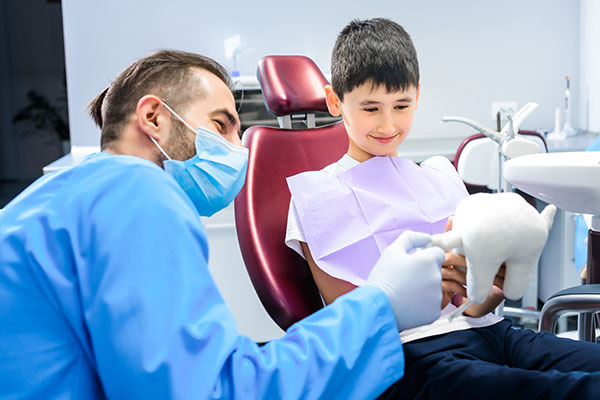 Few people realize how many common teeth issues can be addressed by a cosmetic dentist. Whether it is a feature of the appearance or trouble with biting and chewing, patients can find restorative and aesthetic treatments in cosmetic dentistry. This area of work focuses on improving an individual’s tooth aesthetics in regards to position, shape, color, alignment, or smile.
Few people realize how many common teeth issues can be addressed by a cosmetic dentist. Whether it is a feature of the appearance or trouble with biting and chewing, patients can find restorative and aesthetic treatments in cosmetic dentistry. This area of work focuses on improving an individual’s tooth aesthetics in regards to position, shape, color, alignment, or smile.
6 minor teeth problems a cosmetic dentist can correct
Cosmetic dentistry is a field of dental practice that strives to help patients achieve improved function, appearance, and health for their teeth. This field is a secondary resource in dental care after the field of general dentistry. Cosmetic work can involve any areas of the teeth or gums. These are the most common minor issues encountered and addressed through this form of dental practice.
1. Discolored teeth
The number one dental problem addressed by these treatments is discolored or stained teeth. Foods, drinks, smoking, medication, and aging can contribute to discolored teeth, and no amount of brushing and flossing can completely clear or restore yellow or stained teeth to a brilliant white. Cosmetic dentistry provides options both in-office or at home for whitening a smile and creating healthier-looking teeth.
2. Uneven or strangely shaped teeth
Bad habits like teeth grinding can lead to teeth that are oddly shaped or uneven. Bite disorders and TMJ disorder can also cause teeth to become physically different, leading to unstable support for the jaw or facial structure. A cosmetic dentist can help reshape the teeth to restore uniformity.
3. Broken or cracked teeth
There are many causes of cracked or broken teeth, though trauma, decay, and aging are the most common reasons. Not only can teeth issues make it challenging to present a positive, self-confident smile, but they can create significant problems with eating, speaking, and cleaning the teeth thoroughly. Procedures like veneers, bonding, and recontouring can create more consistency between teeth structure and appearance.
4. Gapped teeth
Tooth loss or natural gaps can make chewing or speaking more difficult. Gaps between teeth allow food to get stuck and create an increased risk of decay. Cosmetic dental treatments can fix gaps through bonding or the use of clear aligners.
5. Chipped teeth
Those who open packages or bottles with their teeth or those who have had experienced mouth trauma may have a chipped tooth. This is a common dental problem, but it can be easily resolved. Cosmetic treatments include porcelain veneers, cosmetic bonding, or a dental crown.
6. Crooked teeth
In many cases, patients want their crooked teeth fixed to create a beautiful. However, crooked teeth can also lead to cavities and decay because it is harder to keep all areas of the teeth clean. Braces are not the only solution for addressing crooked teeth. Clear aligners and veneers are used in cosmetic dentistry.
Conclusion
A cosmetic dentist does more than just address aesthetic concerns with the teeth. By addressing these minor conditions, cosmetic dentistry promotes better oral health and teeth or jaw functioning.
Request an appointment or call About Dental Care at 435-652-9105 for an appointment in our St. George office.
Recent Posts
A cosmetic dentist can give you a bright, healthy smile. This provider can perform procedures that improve the appearance of your teeth and gums. Knowing the cosmetic dental treatments can help you make informed decisions about your next appointment. Here are the details about the common procedures your cosmetic dentist can provide.People with chipped or…
Are you considering a cosmetic dentistry procedure? Read on to learn what questions you should ask during your consultation. Before you begin your cosmetic dentistry treatment plan, there are certain questions to ask the dental team to ensure you are able to prepare properly and know what to expect each step of the way. This…
Cosmetic dental services can help restore the aesthetics of damaged teeth. Tooth decay is the number one reason that people seek the services of a dentist. Decay is caused by acids made by oral bacteria destroying teeth structures.The decay starts with the most affected part of the tooth being demineralized. Then, small holes called cavities…


